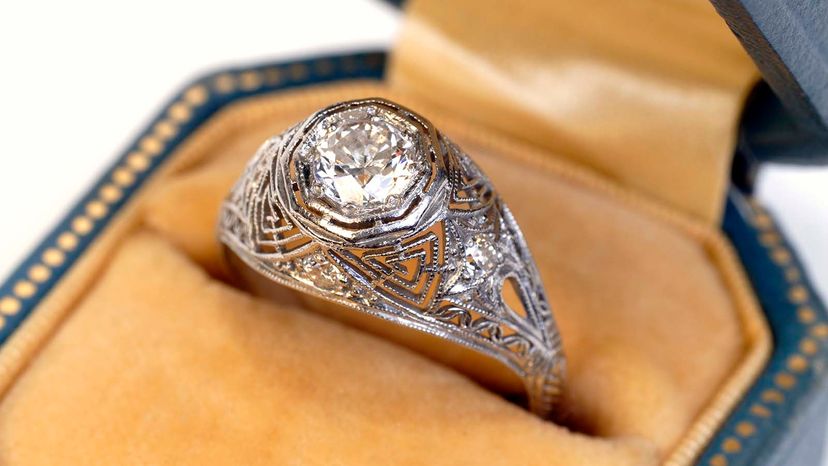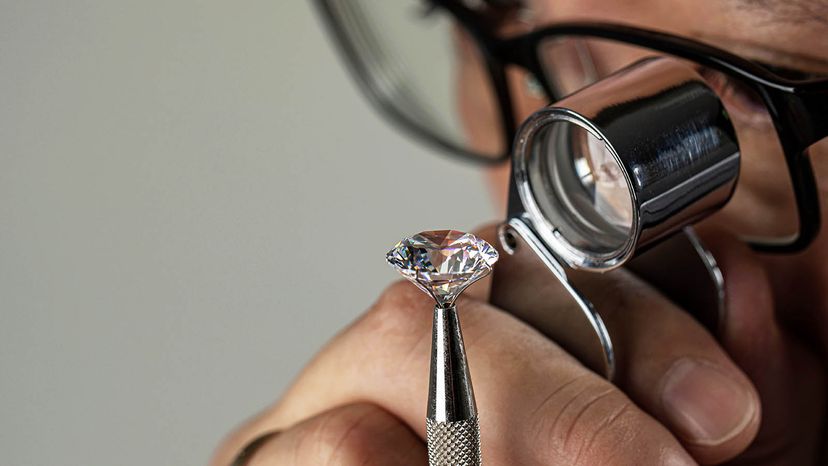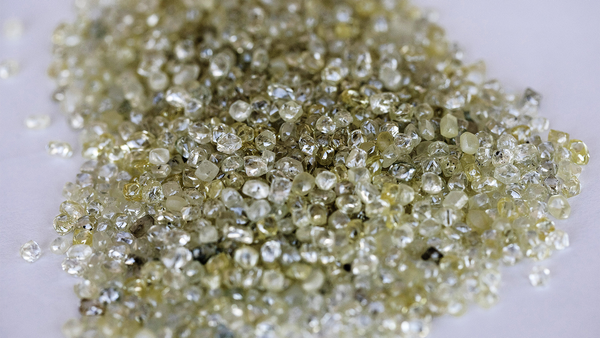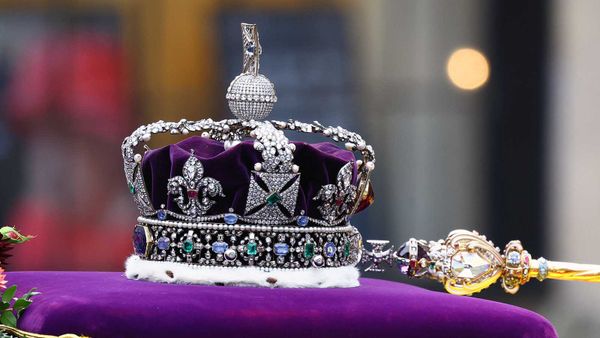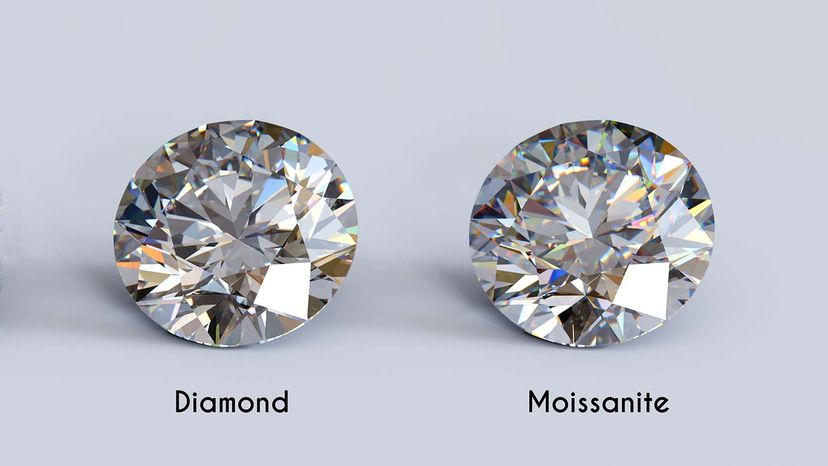
Key Takeaways
- Moissanite offers a more affordable alternative to diamonds for engagement rings, with similar durability and greater brilliance and fire.
- While diamonds score a perfect 10 on the Mohs scale of hardness, moissanite is close behind with a score of 9.25, making both stones exceptionally durable.
- Moissanite is considered more socially and environmentally friendly than some diamonds, especially those known as "blood diamonds," as moissanite stones are lab-created.
Shopping for an engagement ring can be a monumental task for any couple ready to take the plunge and enter the next chapter of their lives. The International Gem Society says the most traditional choices for engagement ring stones are emeralds, rubies, sapphires and, of course, diamonds.
But what if you want something more affordable? Perhaps you also need to look at moissanite. Of course there's a lot to consider in the moissanite vs. diamond debate, including beauty, durability and price. So read on to learn a bit more about why moissanite is becoming a popular option as an engagement ring stone.
Advertisement
Advertisement
